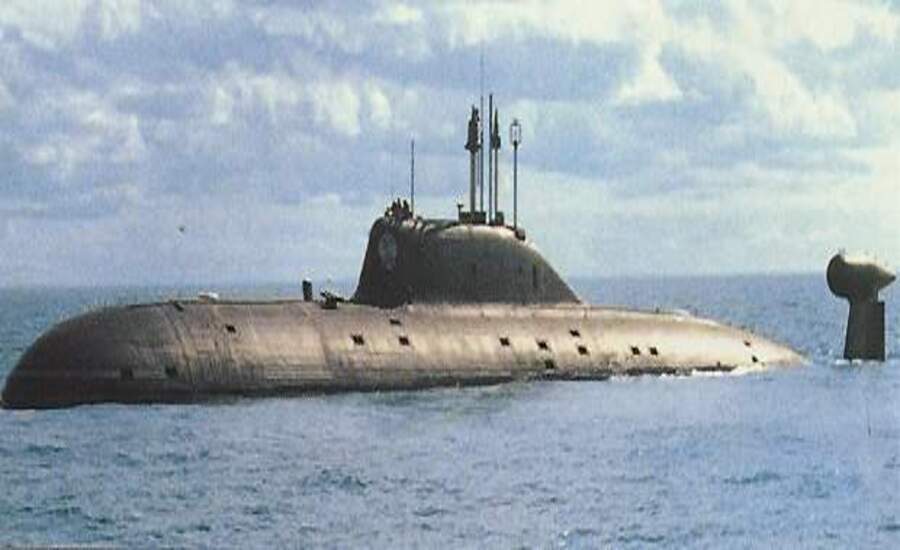New Delhi: India is stepping up its underwater defence game. The Indian Navy is set to lease the Akula-class nuclear attack submarines from Russia. This move is being described as a “stop-gap” measure to counter growing threats, especially from China and Pakistan.
Background: Why does India Need Akula Class Submarine Deal?
China is rapidly expanding its naval and submarine capabilities, especially in the Indian Ocean region. India needs to keep pace to protect its maritime interests and maintain deterrence. Also, delays in India’s indigenous submarine programme make this lease timely. The Akula-class lease offers a relatively swift fix to the gap.
Russia and India have a long defence cooperation history. With Russia facing export and refurbishment constraints (partly due to the Ukraine war and western sanctions), India’s leasing of Akula-class subs becomes strategically important.
What Is Being Leased?
India is set to lease the upgraded Russian Akula-class nuclear-powered attack submarine (SSN) designated K-519 “Iribis”, which might already join the Indian Navy as INS Chakra III.
This vessel is described as “stealth” because of its nuclear-powered design and quieter operating profile, making it an effective deterrent in submarine warfare.
Key Details of the Akula Class Submarine Deal
- The original deal dates back to 2019 and is valued at about US $3 billion.
- Delivery has been delayed until at least 2028, due to technical issues, Russia-Ukraine war disruptions and western sanctions hitting Russia’s refurbishment processes.
- This lease lets India gain operational experience and train crews while its own submarine programmes advance.
Strategic Significance of Akula Class Submarine
Deterrence Strengthening: The Akula-class SSN gives India greater underwater strike and surveillance capabilities, important in contested waters.
Operational Experience: By leasing, India’s Navy and crews can train on a modern SSN before its own submarines are fully ready.
Time-Bridge Solution: This helps India bridge the time until its indigenous submarine projects mature, making sure there’s no capability gap.
Signal of Defence Ties: It underscores the deep Russia-India defence partnership, even as both adapt to new global security realities.
Benefits & Challenges
Benefits: Small paragraphs for clarity:
- Quicker capability infusion compared to building from scratch.
- Training and experience on nuclear-powered submarine operations.
- Reinforced deterrent posture in Indo-Pacific waters.
Challenges:
- High cost and maintenance of nuclear-powered submarines.
- Dependency on Russia for parts, support and refurbishment — potential risk given sanctions.
- Integration into Indian Navy logistics and operational doctrine may take time.
Outlook: What’s Next?
India is expected to begin crew training and preparatory work ahead of delivery. The delivery timeline is currently pushed to 2028 or later. Meanwhile, India’s indigenous submarine programme will continue, but this lease ensures the fleet doesn’t lag too far.



























